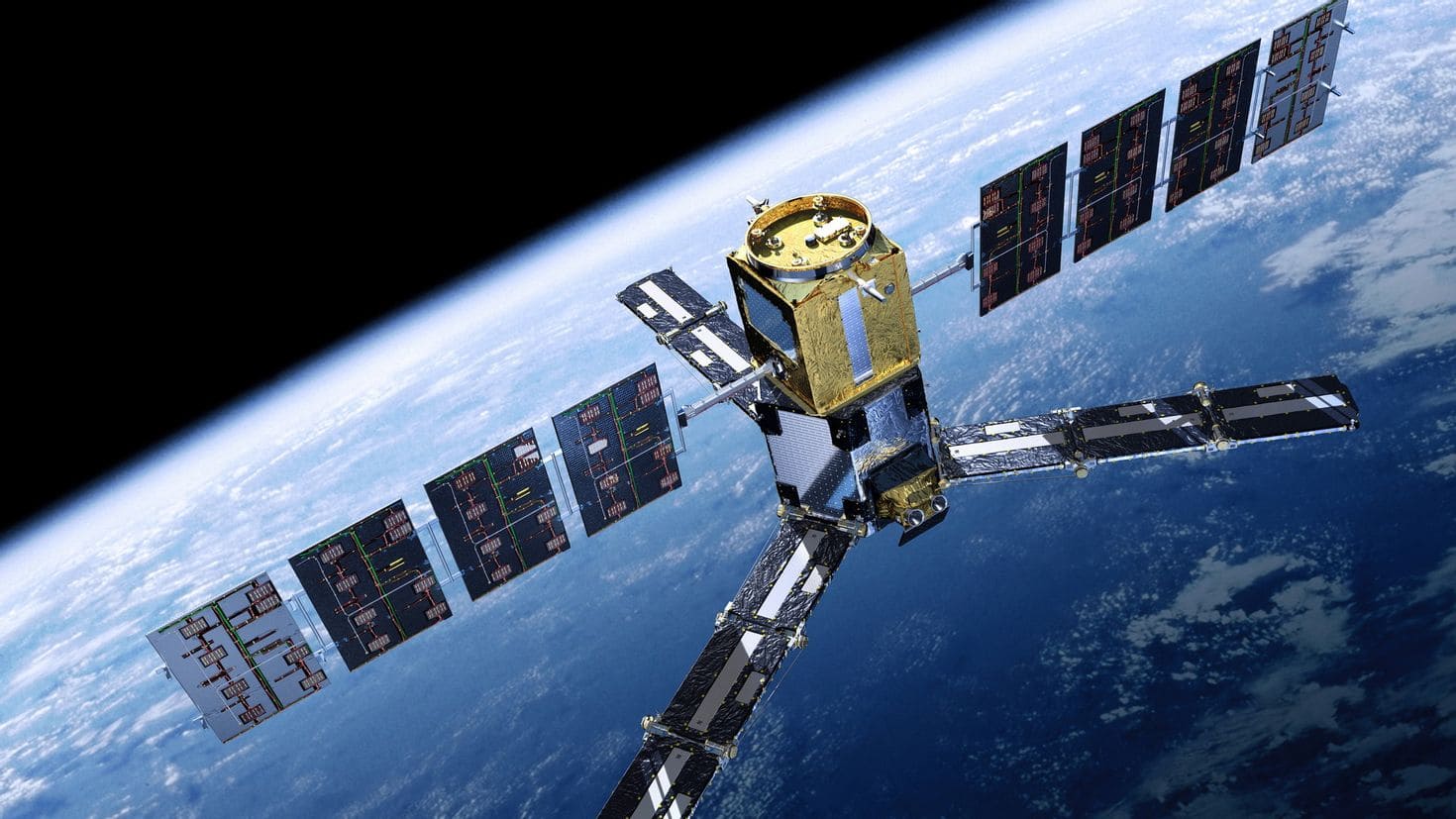Internet of Things (IoT) is the concept of a network of objects (“things”) equipped with technology to interact with each other or with the external environment. The term was coined in 1999 by Kevin Ashton, founder of the Auto-ID research group at the Massachusetts Institute of Technology. He proposed to the management of Procter & Gamble the concept of using radio-frequency tags to improve the efficiency of the giant company’s supply chain management system. Ashton proposed replacing barcodes on goods and people who perform manual operations of reading these tags with scanners with electronic tags.
An alternative definition is that the Internet of Things is an ecosystem of autonomous devices (sensors and actuators) that can interact by transmitting data to each other without human intervention.
IoT implementation is not a technology in itself, it combines various technologies related to sensing, automation, software and cloud computing. The Internet of Things adds the dimension of “Connectivity with Anything” to Information and Communication Technologies (ICTs) that already provide anytime, anywhere connectivity. The Internet of Things is an evolution from M2M in terms of scalability, where many devices can be networked, and to many applications.
Quantity of Internet Of Things devices in the world
The number of connected IoT devices in the world in 2023 is 16.7 billion (14.4 billion in 2022). In 2020, the number of connected IoT devices exceeded the connections of all other types of devices (personal computers, smartphones, tablets, etc.) for the first time. By 2025, there will already be four devices for M2M interactions per Internet of Peoplĕ device. The number of IoT connections is expected to more than double between 2021 and 2030, reaching 37.4 billion.
The Internet of Things starts with devices and ends with devices. The world is extremely active in the development of IoT devices of the most diverse form factor and applications, there is an explosive development of IoT microelectronics, especially strong in the USA, Asia and China. Common trends for all terminals are: reduction of size, weight, power consumption, increased performance, expansion of capabilities (more and more sensors, processing as part of the device), hybridisation, specialisation, various form factors, partnerships and ecosystems within hardwire, OEM model, many open solutions.
SaT IoT (Satellite Internet Of Things)
SaT IoT is a sub-segment of the Internet of Things market. Satellite Internet Of Things (SaT IoT) is part of the “big market” of the Internet of Things as a technology that provides connectivity where there is no terrestrial coverage. The market size of SaT IoT services is currently more than 1,000 times smaller than the mainstream (“terrestrial”) IoT. SaT IoT represents less than 0.1% of the Internet of Things market connections, with a total of no more than 10 million connections in 2023.
This segment was previously growing at 12-15% annually, but is now growing to 35%, expected to reach 30-35 million connections by 2030. However, these forecasts concern “classic” models of SaT IoT services; with the development of fifth and sixth generation communication technologies, low-orbit ultra-low and low orbit (VLEO/LEO) communication projects, market redistribution and the emergence of new technological and business models are starting to take place, so the actual number of connected devices (paid IoT subscriptions via satellites) in the next 5-10 years may exceed these forecasts many times over.



